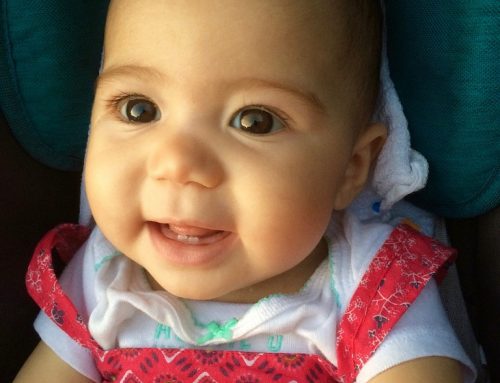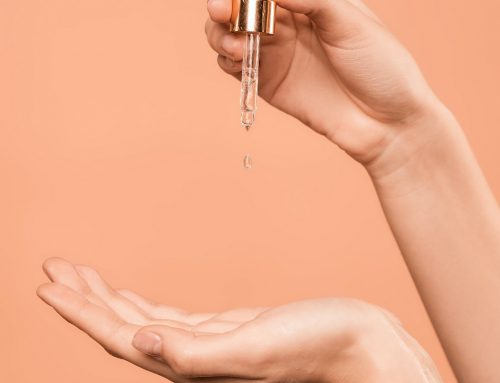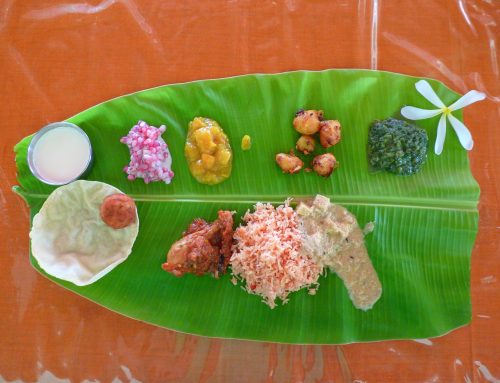In the first part of our post, we discussed the various harsh chemicals that directly affect your baby and how you can deal with each of them. But there are some more hazardous substances we need to shine a spotlight on. Specifically, inside the little cupboard that stores your cleaning agents. Have you ever wondered what’s inside them? When I was pregnant, I got curious and concerned. When I did the research, I was aghast. All those unpronounceable words like ‘perchloroethylene’ and ‘phthalates’ sounded like they belonged more inside a chemical bomb than inside my home. Harsh, toxic chemicals are all around us. In the air, on our walls, on our furniture, inside our washing machine… everywhere! And we need to make some serious changes if we want to preserve the health of our family.
Toxins in the home environment
I want my home to be a safe and comfortable haven for my family. I worry endlessly about germs and dirt. But I tend to forget there’s a bigger hazard lurking in every corner of my home. The heavy-duty detergents and cleaning agents that promise to annihilate germs can also affect my kids’ delicate respiratory systems. The bright, cheerful paint on my walls can leech lead and other toxins into the air, which eventually get absorbed by my son’s delicate skin. There’s so much more. Step in your kitchen, and you’ll see plastics that disintegrate into chemicals in your food. Fruits and veggies are coated with a thin film of pesticides. And antibiotics have firmly settled into our dairy and non-vegetarian food. This all builds up over time to cause health disorders in young children and adults as well. If you ever wonder how your normally healthy child ended up with an allergy or skin rash, the answer can often be found in your home itself.
It’s enough to make me want to run away from civilisation. But I can’t. I have kids to raise. And they deserve a toxin-free world to thrive in.
How detergents and cleaners can harm your baby
If you are thinking, ‘Oh, but I keep my baby away from all cleaning chemicals’, think again. The harmful substances from common household products can leach into the air and linger, till your baby breathes in the fumes or absorb them through the skin. This builds up over time, leading to serious health issues like asthma, endocrine disruption, nerve damage, reproductive disorders, cancer, and other chronic diseases. These medical illnesses don’t happen overnight. It takes a little exposure every day before disaster strikes (click here to read more).
Toxic vocabulary:
Here are some chemicals you need to ban from your home.
1. Triclosan
Found in: Antibacterial soap, Liquid detergent
Can cause: Endocrine disorders weakened immunity and osteoporosis. Children, especially, can develop allergic reactions, eczema, and asthma [Click here for details].
2. Quaternary Ammonium Compound (QUATS)
Found in: Fabric softener liquids & sheets, most disinfectant household cleaners labelled “antibacterial.”
Can cause: Asthma and respiratory issues, skin irritation and rash, allergies and eye discomfort.
3. Ammonia
Found in: Bathroom cleaners, furniture polish, drain cleaners, etc.
Can cause: Respiratory problems, harm to the central nervous system
How to reduce toxins in your home:
- Routinely clean your home without chemicals: swipe dusty surfaces, swab floors, and change bedsheets
- Use eco-friendly, toxin-free products when cleaning; here are some brands you could try:
- Avoid air-conditioned environment all the time, ventilate your home with fresh air daily to air out the indoor chemicals
- When painting your house, opt for non-toxic, lead-free paint; keep windows/doors open to air out freshly applied paint/polish
- Air out new mattresses in the Sun for 1-2 hours to dissipate residual chemicals
- Enforce the ‘no outside shoes’ at home when your child starts crawling; shoes can drag in pesticides, sprayed on the grass and other greenery, into your home
- Switch to natural mosquito repellents that have lemon, citronella or peppermint oil
- Opt for DIY solutions to cleaning your home:
- Toilet cleaning: Sprinkle baking soda in the commode, give it a good scrub with a toilet brush. One can also mix 5-10 drops of tea tree oil in water, pour it into a spray bottle and generously spray around the bowl, let it stay for a few minutes and then flush.
- Floor cleaning: Add 0.5 a cup of white vinegar to 3 litres of warm water, mix well and use the solution to clean floors. Add a few drops of a fragrant essential oil like peppermint or lemon if you like.
- Surface cleaning: Use Vodka in place of Ammonia-based cleaners to add shine and sparkle to reflective surfaces.
Toxins from Food
“Hey, mom, what’s for dinner?”
“Sodium nitrate, PFOA and pesticides. Hope you’re hungry!”
This is probably my worst nightmare. As more and more chemicals seep into our food and our cooking utensils, you might think it’s safer to let your child live on love and fresh air. Regular store-bought bread is dyed with bleach, mangoes are artificially ripened with calcium carbide, and fruits coloured with chemical dyes, food adulteration has gone to the next level. And it’s dangerous. Even food products that claim to be safe for your kids contain preservatives that could harm them in the long run. However, there are enough healthy, safe options out there, if you know where to look. Keep your eyes open, check ingredient labels obsessively and opt from known healthy sources ensure your family only consumes healthy food.
How to reduce toxins in your food
- Avoid buying pre-made, mass-produced baby food
- Even when opting for safe/toxin-free ready-to-eat options, avoid them on a regular basis
- Cook* most of your baby’s food at home using fresh, organic* produce when possible
- Avoid plastic containers especially for cooking/storing food as they contain phthalates, parabens, and BPAs
- Avoid using Teflon/non-stick cookware as it is coated with chemicals which leeches into the food, especially once the surface gets scratched
- Use food-grade bamboo or stainless cutlery, not plastic
- Wash fruits and vegetables in running water or soak them for 10 minutes to remove pesticides and dirt. Another option is to add one part vinegar to four parts water and keep for 20 minutes
* Click here to check out some simple, yummy, homemade recipes for babies and kids
Note: There are no strict regulations on organic certification in India. So every claim of organic should be taken with a pinch of salt. But many urban cities now have pop-ups, farmers’ markets where organic farmers sell their produce directly from farms. Try to figure out such options easily available near you.
Conclusion
Just because your home looks clean, doesn’t mean it’s toxin-free. You can make a difference by throwing out the harsh, chemical-ridden substances and turn to gentler, safer options. Because when it comes to your baby’ health, you don’t want to take any chances.






Leave A Comment